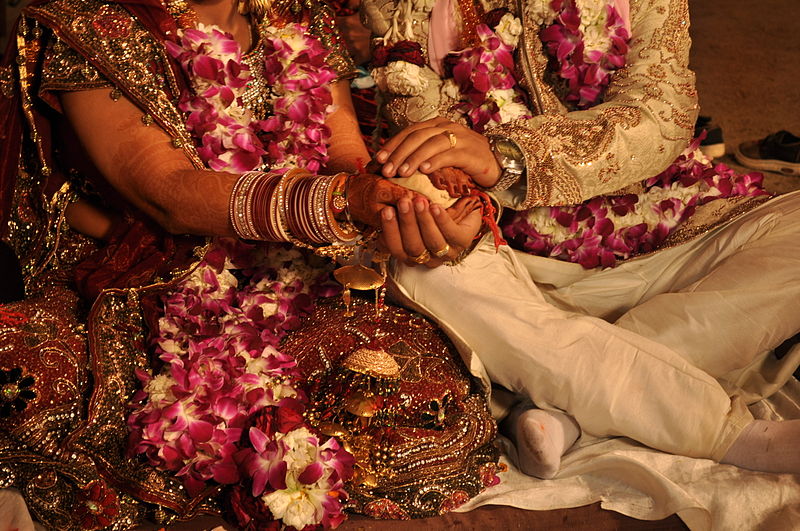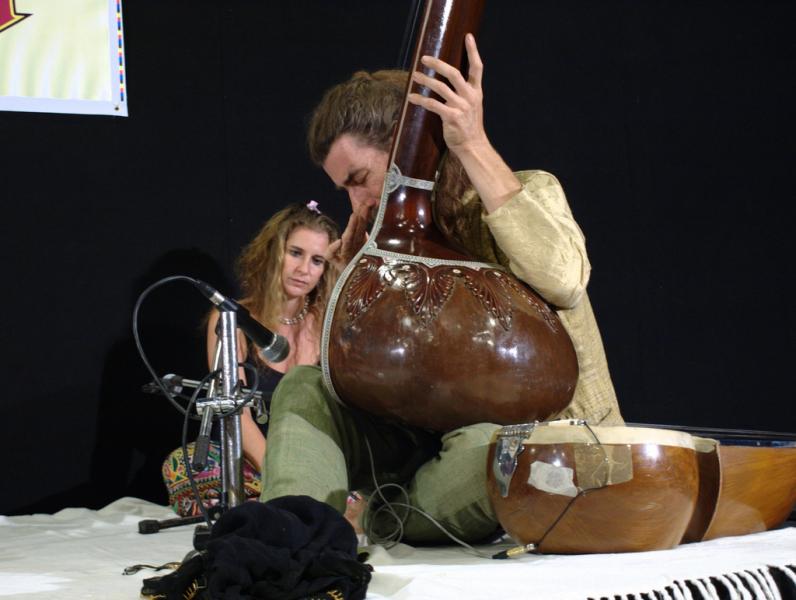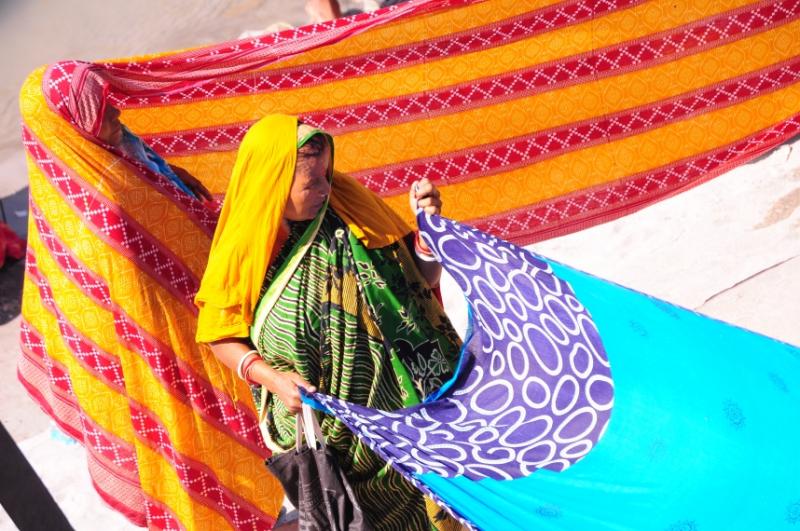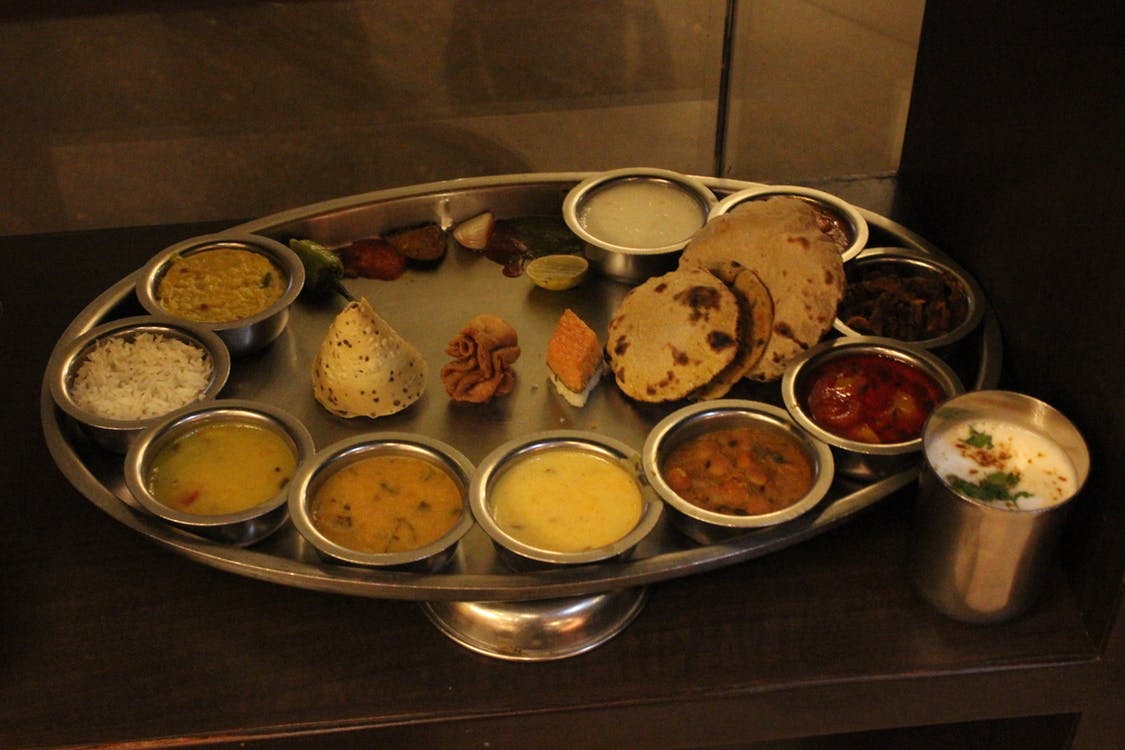Here are 16 fascinating Indian Culture, Traditions and customs
- Greetings
- Religious Customs
- Festivals of India
- Family Structure & Marriage
- Symbols
- Cuisine & Food
- Traditional Clothing
- Dances of India
- Epics & Mythology
- Martial Arts
- Languages
1. Greeting - The Namaste
But, what's the significance?
The Namaste, or namaskar, or 'namaskar' is one of the five forms of traditional greetings mentioned in the ancient Hindu scriptures, the Vedas. It translates to 'I bow to you', and greeting one another with it is a way of saying 'May our minds meet', indicated by the folded palms placed before the chest. The word Namaha can also be translated as 'na ma' (not mine), to signify the reductions of one's ego in the presence of the other.
2. Festivals & Religion - Always a Festive Season
3. Family Structure - Joint Families
5. Religious Customs - Holy Cow
6. Architecture - The Science Behind Temples
Most temples are located along magnetic wave lines of the Earth, which help in maximising the available positive energy. The copper plate (called Garbhagriha or Moolasthan) buried under the main idol absorbs and resonates this energy to its surroundings. Going to the temple often helps in having a positive mind and garnering positive energies, which in turn lead to healthier functioning.
It is also a practice to take off footwear before entering places of worship because they would bring in the dirt to an otherwise cleansed and sanctified environment.
7. Marriage - Arranged Mariage System

The concept of arranged marriage in India traces its origin to as early as the Vedic times. For royal families, a ceremony known as the 'Swayambar' would be arranged for the bride. Suitable matches from all over the kingdom were invited to either compete in some competition to win over the bride, or the bride would herself choose her ideal husband. Even today, the concept of arranged marriage remains a favourite among Indians and is an integral part of 'Indian Traditions'.
8. Religious Symbols
The Indian traditions and scriptures contain various signs and symbols which have multiple meanings. For example, the usage of the Swastika, in the Indian context, does not point towards Adolf Hitler or Nazism. It is the symbol of Lord Ganesha, the remover of obstacles. The arms of the Swastika have various meanings. They signify the four Vedas, the four constellations, or the four primary aims of human pursuit.
9. Traditions and Customs - Atithi Devo Bhavah

In India, the saying 'Atithi Devo Bhavah' is also integral. It means 'the guest is equivalent to god'. It is a Sanskrit verse taken from the Hindu scriptures, which later became a part of the 'Code of conduct for Hindu society since the guest has always been of supreme importance in the Culture of India.
10. Dresses of India - Indian Ethnic Wear

Indian women are often seen sporting 'saris'. The sari is a single cloth and needs no stitching; it is easy to make and comfortable to wear, and also adheres to religious etiquette. It initially started as a Hindu tradition but has very elegantly spread across all religions. The same applies to the more functional 'Kurta-Pyjama', and the formal wear of 'Sherwani' for Indian men of all faiths.
11. Indian Dances
- Bharatnatyam from Tamil Nadu
- Kathakali from Kerela
- Kathak from North, West and Central India
- Mohiniyattam from Kerela
- Kuchipudi from Andhra Pradesh
- Oddisi from Odhisa
- Manipuri from Manipur
- Sattriya from Assam
12. Cuisine - Indian Food

13. Scriptures - Epics
Indian literature can be traced back in the great epics written in the form of poems, plays, stories, and even self-help guides. The most famous Hindu epics are Ramayana and Mahabharata. Mahabharata, by Ved Vyasa, is the longest poem written in Sanskrit. Both these epics are written in order to highlight human values of sacrifice, loyalty, devotion and truth. The moral of both stories signify the triumph of good over evil.
14. Indian Martial Arts
India is home to quite a few unique styles of martial arts, some of which have ancient origins. While some martial art forms require the use of weaponry, some don't. Mainly used for combat, some martial art forms are also used for healing. In today's times, these martial art forms are popular as self-defence techniques and even fitness.
15. Eating with Hands
Eating with hands may not sound great to many people. However, it has many benefits. Fingers being heat receptors, they prevent your mouth from burning when the hot food is put inside. You get to check the temperature before eating the food. Other than that, you tend to eat slower when you dine with hands — this aids in digestion. Traditionally, the right side is used to eat, and the left hand is considered to be dirty. One must thoroughly wash his/her hands with soap and water before eating. This practice makes the eating process very hygienic. Eating with hands is a widespread practice in South and East India, but it's a bit rare in North and West India. In North and West India, people use spoons to pick up the rice to eat but use fingers to break down the bread.
16. Languages
India is socially, culturally, and linguistically very diverse. Hindi and English are widely spoken and recognised for official purposes. Other than than, there are 22 scheduled languages recognised by the constitution of India. However, more than 400 languages and dialects in India are still not known. Dialects change even with a few kilometres of travel in the state. Over the years, about 190 languages have become endangered due to very few surviving speakers.
There exist thousands of traditions and culture in India, and quite a few of them would leave outsiders rather curious. But the crux of Indian society and culture has always been to be well mannered, polite, respect others, and progress together.












